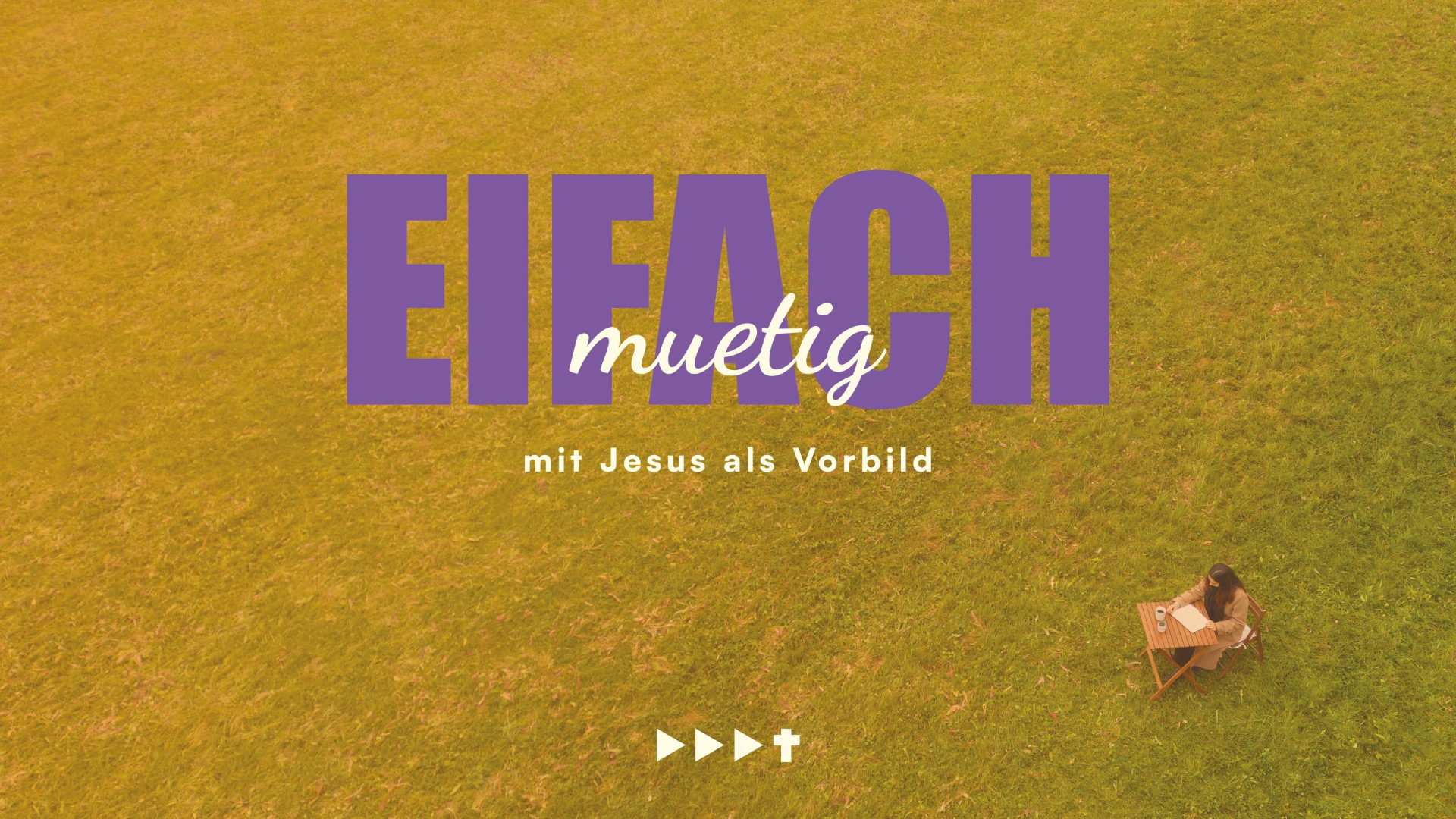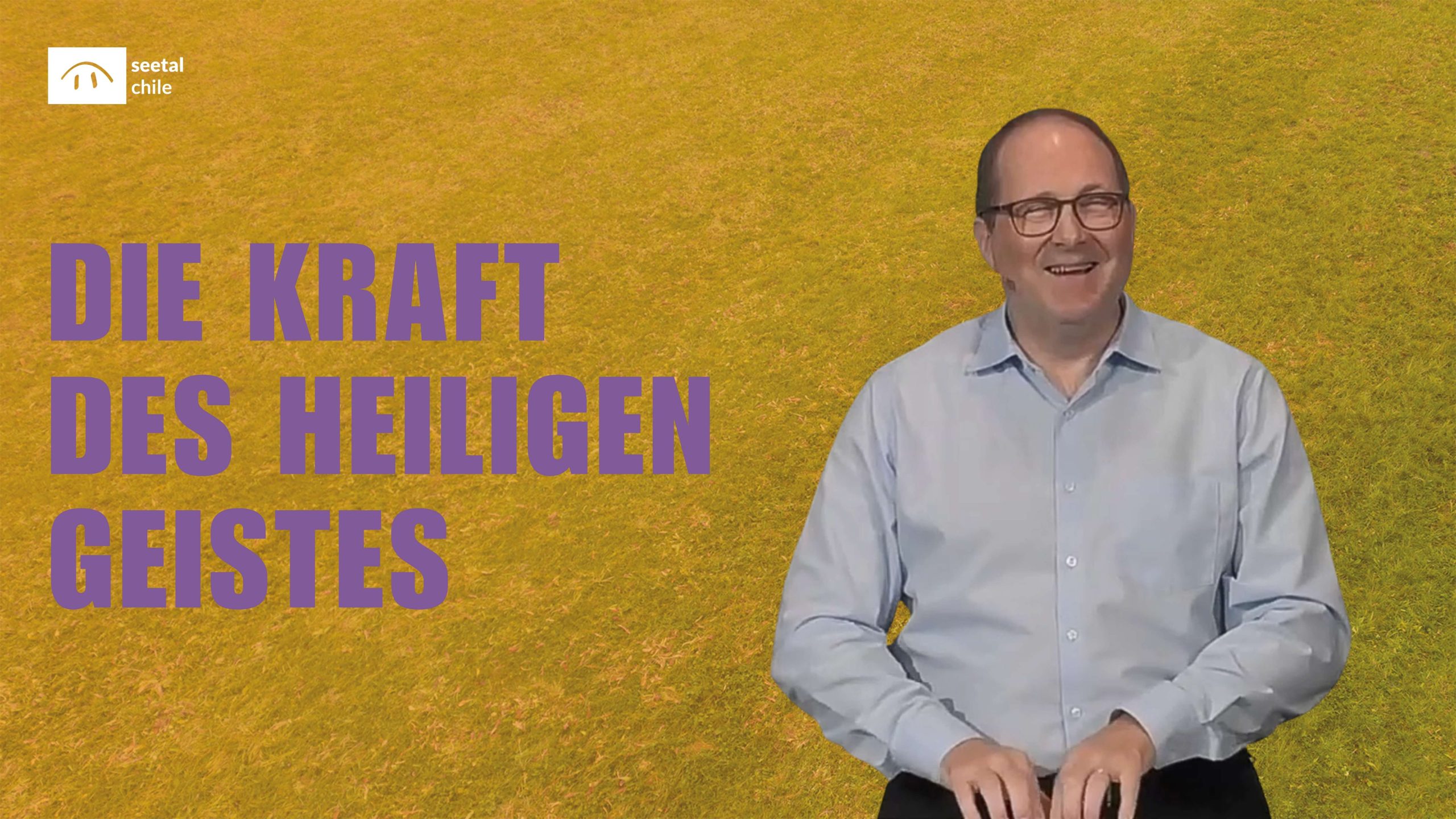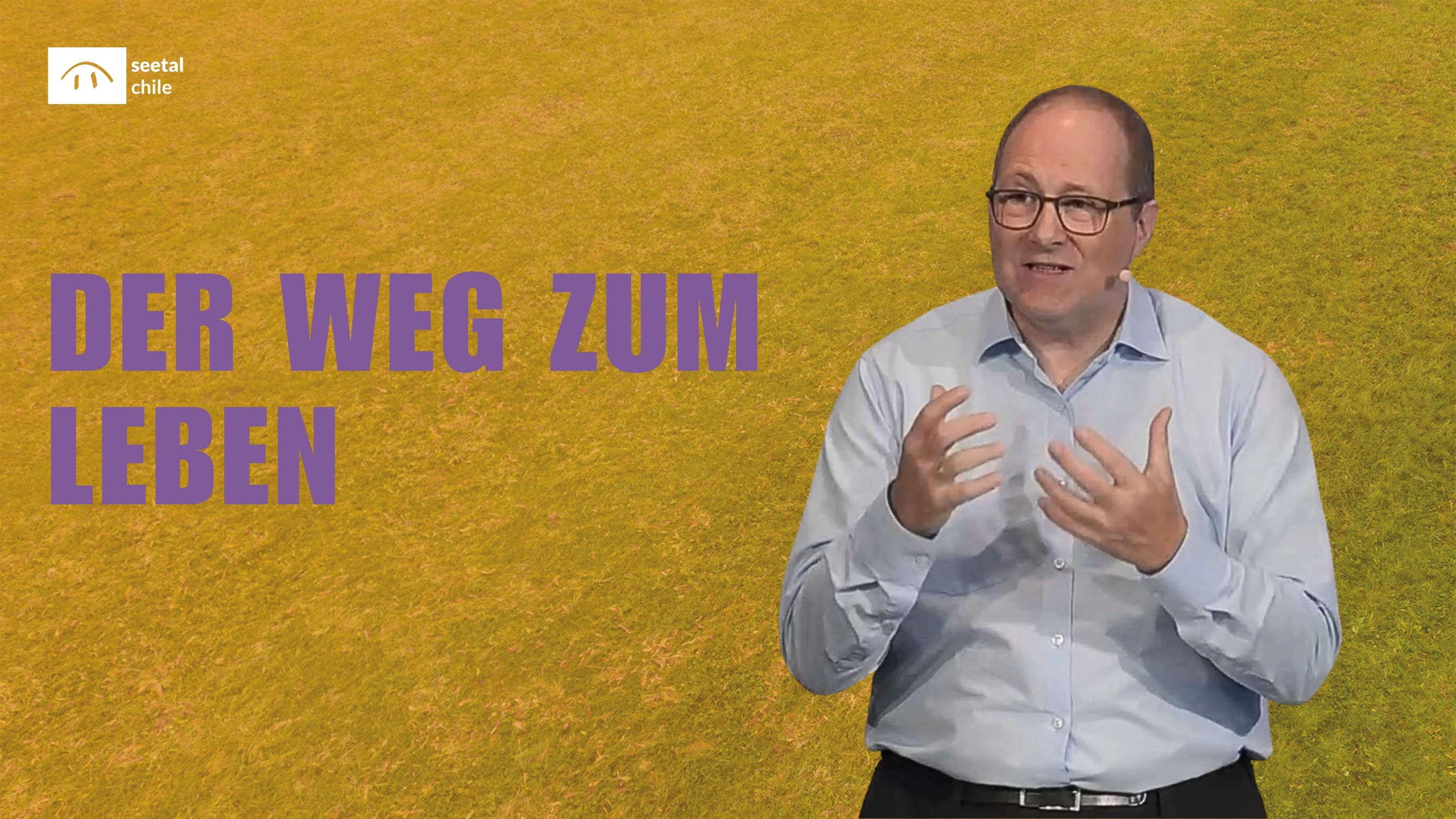Safely over the Jordan
Between the desert and the Promised Land, the Jordan River floods towards the Dead Sea. The people of Israel are to cross this river under the leadership of Joshua – but how? When the priests carry the Ark of the Covenant into this raging river at God’s command, there is a dry crossing – a picture of the redemptive work of Jesus Christ.
When someone has gone «over the Jordan», this popularly means that they have died.
For the people of Israel, the Jordan River was the dividing line between 40 years of desert and the promised land, where milk and honey flowed. Most Israelites had never experienced anything other than desert.
We see three conditions among the people of Israel:
- Enslaved in Egypt – liberation on dry land through the sea by
- Desert life as actual liberated people – because they did not trust God they ended up in the desert
- Life in the Promised Land – the people go to the place of their true calling and discipleship
These three conditions also apply to us humans today:
- Do we live enslaved, separated from God’s freedom?
- Do we live in the land of scarcity, liberated but still in the desert, because we trust God too little?
- Do we live in the place of promise, of struggle but also of victory, of strength (honey), of growth (milk) and of joy and fruitfulness (grapes/wine) – where God wants to glorify himself in the following of his own?
The story we want to take a closer look at today is also relevant to us in its imagery. Israel is given the task of crossing the Jordan and entering the Promised Land.
What does the Jordan River stand for?
The Jordan River starts in the Hermon Mountains at around 2800 metres above sea level and flows into the Dead Sea, 430 metres below sea level. The Jordan is an image of the natural man, without God. His life begins with God (given by him) and inevitably ends, following gravity, in death.
Our history shows that this apparent inevitability can be interrupted by God’s intervention.
How this happened to the people of Israel is highly significant for us.
«So the people set out to cross the Jordan, and the priests carrying the ark of the covenant went ahead. It was harvest time and the river had overflowed its banks. But when the priests carrying the ark came to the Jordan and stepped off the bank into the water, the river began to dam upstream at the town called Adam, opposite Zaretan. The water stopped like a dam. Below the dam, it continued to flow into the Dead Sea until the riverbed was finally dry. The people now crossed the river near Jericho. Meanwhile, the priests carrying the ark of the covenant of the LORD stood in the middle of the riverbed on dry ground, and the people passed them by until they had all crossed the Jordan» (Joshua 3:14–17, NLB).
Point 1: The people must cross the Jordan, but it floods!
The Jordan is not only an image of life, but also an image of what stands between life in the desert and life in the Promised Land: This old life, my selfish, sinful nature.
This is not just a small river bobbing through my life, but this river is flooded. You cannot naturally overcome a flooded river, you cannot overcome your old nature, and you would be denied the path to succession.
Point 2: Priests from each tribe must go ahead and carry the Ark of the Covenant into this flooded river
The people have received the following instruction:
«When you see the ark of the covenant of the LORD your God carried by the Levitical priests, then you follow. That way you will know where to go, since you have never travelled this way before. Keep about 2000 cubits away from the ark. Do not come any closer» (Joshua 3:3–4, NLB).
Priests from each tribe have the task of carrying the Ark of the Covenant into the flooded river. The most precious thing they knew. The ark of the covenant is an image of Jesus: wood on the inside (image of man) and gold on the outside (image of God). The priests are a picture of us. It is the task of all of us to bring Jesus into the lives of unsaved people. The people should follow Jesus after he has stepped into the river of our guilt and created a transition. «Actually, we don’t know where to go – Jesus shows us the way». The people of Israel are called to follow Jesus.
The priests and the Ark of the Covenant had to enter the river 2000 cubits (approx. 1 km) before the people. Around 2000 years ago, Jesus went to his death before us and opened the way to God and his reconciliation. Just as he did here in the Jordan.
Point 3: With just 1 step, the water recedes and clears the way
The priests only have to take one step and the water recedes. When Jesus is brought by us into the situations and challenges into which misbehaviour and guilt can enter our lives, he creates space for forgiveness and reconciliation. The priests» or our part is only to take this first step and bring Jesus into people’s lives.
Point 4: The water above the inlet is dammed up at Adam
Adam was a small village about 30–40 kilometres upstream of the entry point of the priests. The water is dammed there. This is a picture of original sin, this separation from God that we have inherited from Adam and Eve. This separation is cancelled.
Point 5: The water below the entrance flows into the Dead Sea
The water below the entry point is an image of our personal offence, our own guilt. It flows into the Dead Sea and loses its power over us. The path becomes dry. Christ has borne the judgement for us. He went into the river for us, into death, and thus drained it for us. The old has passed away, the path to the new is open.
Point 6: The priests with the ark stand in the river until all have passed
Until all the people have crossed the river dry (approx. 2–3 million people), the priests remain standing in the river with the Ark of the Covenant. Christ wants all people to be saved. The priests/we have the task of ensuring that the gospel and redemptive work of Christ can help all people who want to accept it.
Point 7: After crossing, 12 stones are set up for each tribe as a memory
«These stones are to serve as a memorial. Later your children will ask, «What do these stones mean to you?» You can then answer them, «They remind us that the Jordan River parted when the Ark of the Covenant of the Lord passed through it» » (Joshua 4:6–7, NLB).
We also celebrate this memorial today. Through his death, Jesus has provided us with an unharmed passage through judgement. Jesus has cleared the way to God.
Even as followers who have long since decided to walk with God, we should always remember this key event. Without Christ, the path to the calling and to the promised land, to fellowship with God, would not be possible.
Possible questions for the small group
Bible text: Joshua 3, 14–17
- What is the difference for the people of Israel in the slavery of Egypt, life in the desert and the promised land with enemies and milk and honey?
- Where in your life does the old Jordan – sometimes flooding your life – reappear with its «dead works»?
- How can the task of the priests, who had to carry the Ark of the Covenant (image of Jesus) into this Jordan, be transferred to our time (if we are the priests)?
- What does it mean to you that you can walk dry through the Jordan into the Promised Land – into unclouded fellowship with God?





